Redefinindo a entrega de aplicativos

Como o Inuvika OVD Enterprise reduz o custo de fornecimento de aplicativos em seu ambiente de desktop virtual
Whitepaper de Peter von Oven
Consultor de espaço de trabalho digital e PME e autor de (2024) "Aprendendo a usar o VMware Workstation Pro" Nova York: Apress
VDI vs. virtualização de aplicativos
A maneira como trabalhamos hoje mudou. Essa mudança estava sempre chegando. Lenta mas seguramente, estávamos caminhando na direção de trabalhar de onde quer que escolhêssemos e usando uma infinidade de dispositivos diferentes. Então, o impensável aconteceu. Nós nos encontramos no meio de uma pandemia global. A Covid havia chegado!
Com quase toda a população mundial sendo enviada para casa para trabalhar durante a noite, as organizações, desde empresas corporativas, escolas, faculdades ou até mesmo o setor de saúde, tinham uma coisa em comum. Elas tiveram que acelerar seus recursos de trabalho remoto para sobreviver e continuar prestando serviços a seus clientes ou alunos.
As organizações tiveram que fornecer serviços remotos para satisfazer seus dois ativos mais importantes: pessoas e dados. Os dados são fundamentais em qualquer organização. Então, como você fornece esses dados para as pessoas que precisam deles? E como fornecer a elas os aplicativos de que precisam para trabalhar com esses dados?
Há anos, muitas vezes em tom de brincadeira, falamos que este é o ano do desktop virtual ou o ano da VDI. Em vez disso, agora falamos sobre o local de trabalho digital ou espaço de trabalho digital, computação do usuário final ou experiência digital.
Simplificando, tudo isso equivale a uma coisa: capacitação de pessoas. Permitir que funcionários, alunos e clientes (as pessoas) tenham acesso a dados e aplicativos. É isso aí!
Nem mais, nem menos. No entanto, a realidade é que a maneira antiga de fornecer isso por meio de VDI ou VPNs era complexa. Mas não precisa ser assim.
Durante a pandemia, observei o que só posso descrever como compra em pânico, seja adicionando mais usuários Citrix a ambientes existentes ou adicionando mais usuários de alternativas Citrix, como o VMware Horizon Apps. As soluções foram compradas em um piscar de olhos. Os planos de 3 a 5 anos foram acelerados e condensados em semanas, a fim de fornecer recursos de trabalho remoto.
Na verdade, isso funcionou como um band-aid/adesivo para fazer com que as pessoas trabalhassem remotamente o mais rápido possível.
Mas, como eu disse logo no início, o mundo mudou e o trabalho remoto e os ambientes de trabalho híbridos, gostem ou não, estão aqui para o longo prazo.
Para as organizações que optaram pela solução rápida, chegou a hora de revisar e colocar em prática uma estratégia "adequada" para fornecer esses serviços e "fazê-lo corretamente"!
Voltando ao ano do comentário sobre o desktop virtual, por que precisamos considerar um desktop completo? Tudo o que as pessoas precisam é de acesso a aplicativos e dados. Mas, por algum motivo, sempre que falamos em fornecer serviços remotos, parece que pensamos automaticamente em VDI ou software de desktop virtual. Esse é o meu argumento sobre o fato de não precisar ser complexo.
Complexidade é igual a custo adicional e tempo extra quando se trata de implementar e gerenciar desktops. Isso é verdade independentemente de eles serem físicos ou virtuais. Existem alternativas para VPNs e VDI. Então, vamos dar uma olhada na Inuvika.
A pergunta que você realmente é preciso perguntar se as pessoas que usam os aplicativos e os dados realmente precisam de um desktop "real" ou se a virtualização de aplicativos poderia substituí-lo?
Em quase todos os casos, os usuários finais só precisam ser capazes de executar seus aplicativos e acessar seus dados. Sendo assim, remova a sobrecarga do sistema operacional de desktop, reduza a complexidade, corte os custos e, definitivamente, corte a sobrecarga de gerenciamento. Basta fornecer às pessoas os aplicativos e os dados de que elas realmente precisam e, é claro, a importantíssima experiência do usuário final.
Fazendo uma viagem pela memória e uma pequena aula de história, pense na tecnologia de mainframe, o lugar onde a computação baseada em servidor começou. E a virtualização, por falar nisso.
Uma sala cheia de capacidade de processamento e usuários acessando aplicativos de um terminal ou de uma tela verde. Se você avançar alguns anos, terá os Microsoft Terminal Services e o Microsoft Windows NT 3.51. Aplicativos executados em servidores e usuários conectados remotamente.
Isso era, e ainda é, conhecido como publicação de aplicativos. Não havia nenhuma menção à criação de imagens do sistema operacional, ao fornecimento de desktops completos e ao gerenciamento e à infraestrutura necessários para fazer isso.
Há alguns casos limitados para um ambiente de desktop completo. Um desenvolvedor pode precisar de acesso a um sistema operacional para criar e integrar códigos em sistemas de arquivos ou registros. Mas, para a grande maioria das pessoas, apenas ter acesso aos aplicativos é mais do que suficiente.
Eu até definiria essa maioria como 80% a 90% de pessoas. De forma anedótica, já ouvi pessoas dizerem que precisam do sistema operacional porque usam algumas das ferramentas do sistema operacional, como a calculadora ou o Bloco de Notas do Windows. Bem, adivinhe só? Eles também são aplicativos e podem ser fornecidos sem a necessidade do restante da bagagem do sistema operacional, juntamente com todos os seus outros aplicativos. Ou simplesmente use seu smartphone como uma calculadora muito cara.
Eu disse que os aplicativos podem ser fornecidos sem o restante do sistema operacional. A primeira pergunta será como isso funciona. A segunda pergunta é como fornecer aplicativos e dados e, ao mesmo tempo, lidar com o custo, a complexidade e as despesas gerais de gerenciamento de que falamos anteriormente.
A resposta é Inuvika.
Apresentando a Inuvika
Fundada em 2014, a Inuvika e sua solução OVD Enterprise simplificam o fornecimento de aplicativos para as pessoas (seus usuários finais). A abordagem da Inuvika para a virtualização de aplicativos permite que as pessoas tenham acesso a todos os seus aplicativos Windows e Linux em praticamente qualquer dispositivo que você possa imaginar.
Você pode fornecer o Windows em um Chromebook, um iPhone, um dispositivo Android ou um Mac. Ou fornecer aplicativos Linux em um dispositivo Windows. E, é claro, aplicativos ou desktops Windows e Linux para qualquer dispositivo thin client. Você também pode usar apenas um navegador, se desejar.
A Inuvika não só oferece uma experiência de usuário aprimorada, como também reduz os custos ao diminuir os requisitos de infraestrutura e os custos de licenciamento em até 50%. Não há um sistema operacional para gerenciar, mas a Inuvika ainda oferece uma solução dimensionável e altamente disponível.
Você obtém todos os benefícios de um ambiente de desktop virtual,
sem o custo e a complexidade!
Intermediação e fornecimento inteligentes de aplicativos
O Inuvika OVD Enterprise é a maneira mais fácil de fornecer um Cloud Desktop
A Inuvika emprega um dispositivo baseado em Linux que assume a função de um intermediário. Ele simplesmente autentica os logins dos usuários e fornece os aplicativos que foram alocados a um usuário. Os aplicativos a serem fornecidos são instalados em servidores Windows (RDSH) ou em servidores de aplicativos Linux e são automaticamente reconhecidos pelo broker OVD da Inuvika. Em seguida, basta alocar esses aplicativos a usuários ou grupos de usuários, permitindo que eles iniciem sua própria sessão exclusiva e segura do aplicativo.
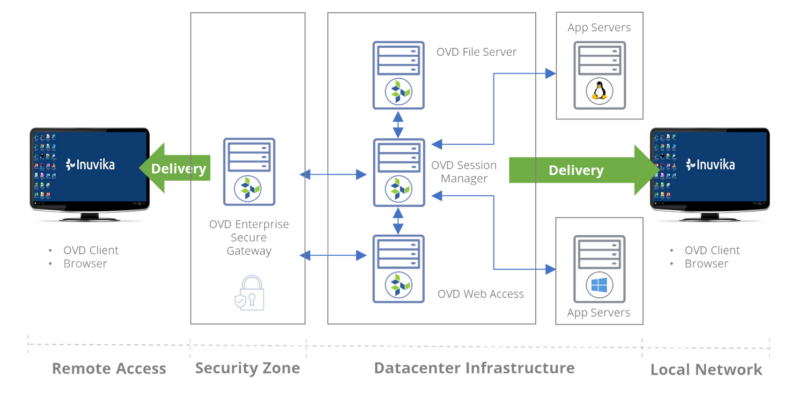
Os aplicativos instalados, os dados do usuário e as informações de perfil são armazenados em um servidor de arquivos dedicado. A autenticação segura de dois fatores é padrão, pronta para uso, usando o dispositivo OVD Secure Gateway.
Se quiser aumentar o número de usuários para os quais deseja fornecer aplicativos, basta adicionar mais gerenciadores de sessão OVD e servidores de aplicativos, conforme necessário. O mesmo se aplica se você quiser ativar a alta disponibilidade para reduzir o tempo de inatividade. Basta acrescentar mais gerenciadores de sessão do OVD e adicionar um balanceador de carga à combinação.
Experiência perfeita
A abordagem da Inuvika para a virtualização de aplicativos permite que os departamentos de TI controlem o acesso a aplicativos e dados e, ao mesmo tempo, possibilitem a produtividade remota segura.
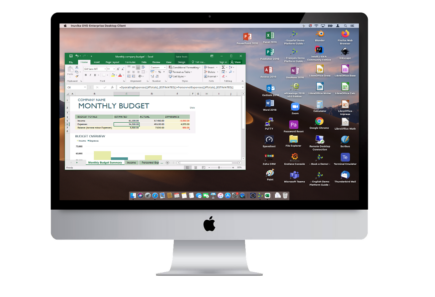
Diferentemente das alternativas de VDI ou de outros softwares de virtualização de desktops, o OVD Enterprise foi desenvolvido com a eficiência do Linux. O OVD Enterprise requer menos infraestrutura e menos licenças da Microsoft. Você evitará a complexidade das alternativas de desktop virtual e, ao mesmo tempo, reduzirá seu custo geral de propriedade.
Quando estiver conectado usando o cliente Inuvika no modo aplicativo, os usuários podem acessar perfeitamente seus aplicativos fornecidos pelo OVD Enterprise como se estivessem instalados nativamente nesse dispositivo. Quando o usuário inicia o aplicativo, ele não só abre e é executado normalmente, como também tem a mesma aparência da versão que o usuário está acostumado a usar. Isso ocorre porque é o mesmo aplicativo, agora executado remotamente e fornecido pelo Inuvika OVD.
Diferentemente da abordagem tradicional de infraestrutura de desktop virtual (VDI), que oferece um desktop virtual completo, o Inuvika OVD Enterprise permite que seus aplicativos residam na nuvem, mas funcionem como se estivessem no seu dispositivo.
Reduzindo o custo da infraestrutura
"Em comparação com outros softwares de virtualização de desktops, como o Citrix Virtual Apps and Desktops ou o VMware Horizon Apps, a Inuvika pode ter quase o dobro de usuários por servidor."
Os orçamentos de TI sempre foram reduzidos e, de repente, ter que fornecer soluções de software para trabalho remoto piorou a situação. As organizações gastaram grandes somas para acelerar a capacitação de suas forças de trabalho para trabalhar remotamente. Muitas vezes, isso foi feito por meio da adição de infraestrutura adicional ou da migração para soluções baseadas em nuvem, que agora não são tão econômicas quanto o marketing inteligente fez você acreditar.
Com a oportunidade de revisar as estratégias de trabalho remoto e ter um controle mais rígido dos orçamentos, A Inuvika oferece resultados em todas as frentes, reduzindo os custos e a complexidade quando comparado a outras alternativas de desktop virtual.
Em primeiro lugar, a Inuvika não exige uma grande quantidade de infraestrutura para entrar em funcionamento. Em comparação com outros softwares de virtualização de desktops, como o Citrix Virtual Apps and Desktops ou o VMware Horizon Apps, a Inuvika pode ter quase o dobro de usuários por servidor.
Tudo o que você precisa são os servidores de aplicativos e o(s) Inuvika Session Manager(s), que podem ser máquinas virtuais
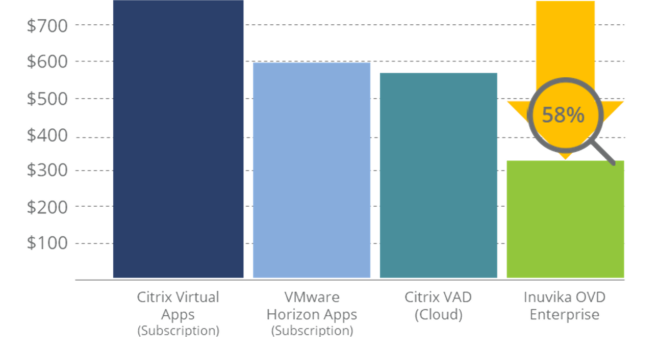
De fato, os componentes de back-end do Inuvika OVD Enterprise (além dos servidores de aplicativos Windows) são máquinas virtuais baseadas em Linux, o que significa menos hardware e menos licenças caras do Microsoft Windows Server.
A equipe de administração de TI também é usuária. Acontece que seu caso de uso é cuidar da força de trabalho, então por que eles não deveriam ter a mesma experiência simplificada? O Inuvika OVD também oferece um console de gerenciamento intuitivo que reduz a sobrecarga de gerenciamento em termos de custo e complexidade.
Fornecimento sustentável de aplicativos
A Inuvika desempenha um papel fundamental na criação de uma solução sustentável, reduzindo os requisitos de infraestrutura.
Isso significa que é necessário menos hardware, há um menor consumo de energia associado e, consequentemente, uma menor pegada de carbono.
Mas isso vai além da infraestrutura. A Inuvika é uma parte importante de um ecossistema maior, fazendo parceria e certificando o cliente OVD com vários fornecedores inovadores de dispositivos de borda.
Esses fornecedores fornecem dispositivos de baixo consumo de energia, como Raspberry Pi's, para conexão com aplicativos. Outros parceiros oferecem a capacidade de reutilizar ou reciclar o hardware existente, seja ele antigo ou novo, em dispositivos de borda.
Esses dispositivos de borda reaproveitados prolongam a vida útil de um dispositivo, substituindo o sistema operacional por um sistema operacional criado especificamente para o fornecimento de aplicativos, em vez de enviá-los para um aterro sanitário.
Essa abordagem de ecossistema garante que a sustentabilidade seja alcançada em todos os elementos da solução de fornecimento de aplicativos.
MSP com um clique para fornecer aplicativos como serviço
O fornecimento de aplicativos como serviço é uma tecnologia em crescimento. A Inuvika facilita para os parceiros de serviços gerenciados o fornecimento de aplicativos usando um modelo de fornecimento baseado em assinatura.
Os MSPs podem oferecer uma alternativa competitiva ao Citrix DaaS ou ao VMware Horizon DaaS.
Para os parceiros MSP, a ativação do multilocatário, com suporte para ambientes de vários domínios e isolamento de locatários, é obtida com apenas um clique do mouse. Os parceiros podem então adicionar quantos locatários quiserem e permitir que as pessoas sejam integradas rapidamente.
Cada locatário individual pode ter uma marca personalizada com seus próprios logotipos. Os administradores podem gerenciar seu próprio ambiente de locatário de forma segura e com acesso baseado em função.
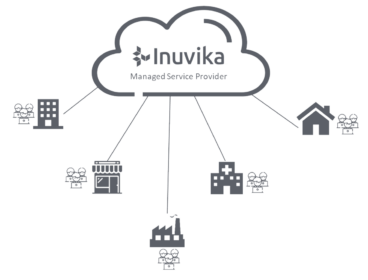
Habilitação de gráficos acelerados por hardware e suporte a GPU
Um dos mitos que levam as pessoas a dizer que precisam de um desktop virtual completo é o de oferecer recursos gráficos de ponta para aplicativos, como o AutoCAD, em que a modelagem 3D é um requisito. Elas acham que a única maneira de oferecer esse recurso é ter um desktop VDI. Entretanto, na realidade, esse não é o caso e um desktop completo não é um requisito obrigatório.
Os aplicativos executados em um servidor de aplicativos também podem ser configurados para aproveitar as vantagens das placas gráficas baseadas em hardware e, portanto, ser capazes de fornecer os gráficos acelerados por hardware que os aplicativos exigem para serem executados.
Ter uma placa de vídeo baseada em hardware para os servidores de aplicativos também pode ser usado para compactação de vídeo para fornecer vídeo de alta definição pela rede.
Seguro por design
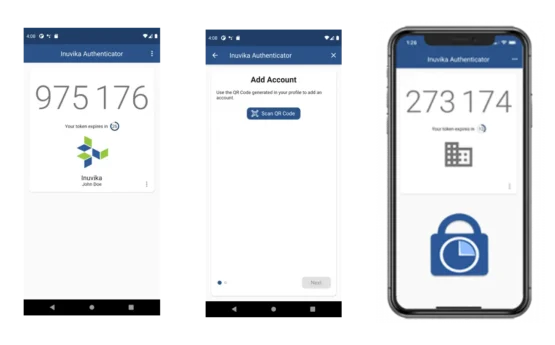
O trabalho remoto traz preocupações com a segurança. É fundamental garantir que as conexões de entrada de usuários sejam feitas apenas por aqueles que estão autorizados a se conectar à sua organização.
A Inuvika, pronta para uso, permite que você ative a autenticação de dois fatores (2FA). Você pode usar chaves de segurança ou a Inuvika fornece seu próprio aplicativo móvel autenticador disponível para dispositivos Android ou iOS. Também há suporte direto para DUO e qualquer coisa compatível com SAML2.
A Inuvika permite que você ative a 2FA apenas para aqueles que se conectam remotamente de fora da rede corporativa. Se o administrador optar por permitir isso, quando o usuário estiver no escritório e conectado à LAN, ele poderá ignorar a 2FA.
Pronto para Testar o OVD Enterprise?
Sem pegadinhas.
O Inuvika OVD Enterprise oferece uma solução de espaço de trabalho digital rápida, acessível e fácil de gerenciar.
Veja por si mesmo.
Solicite um Teste Gratuito e uma demonstração hoje
